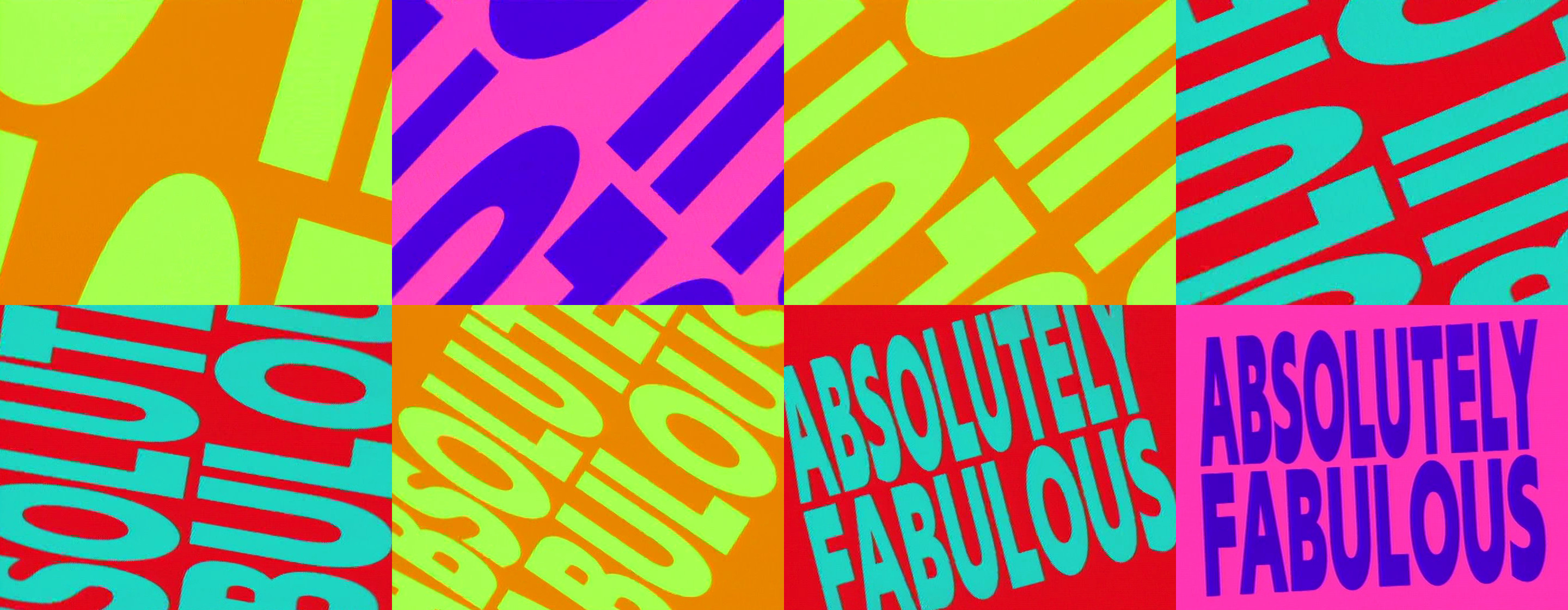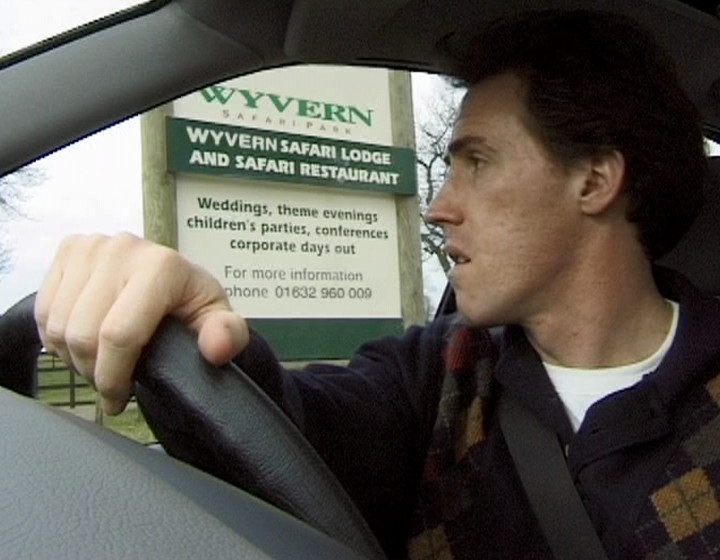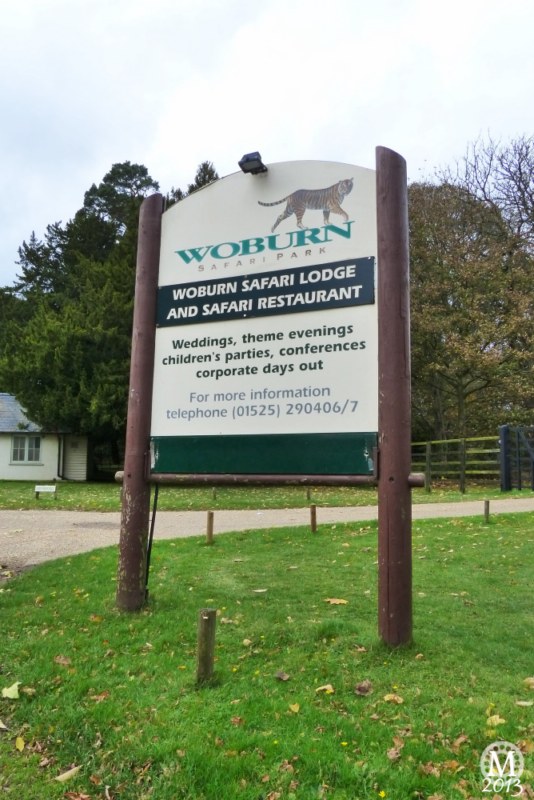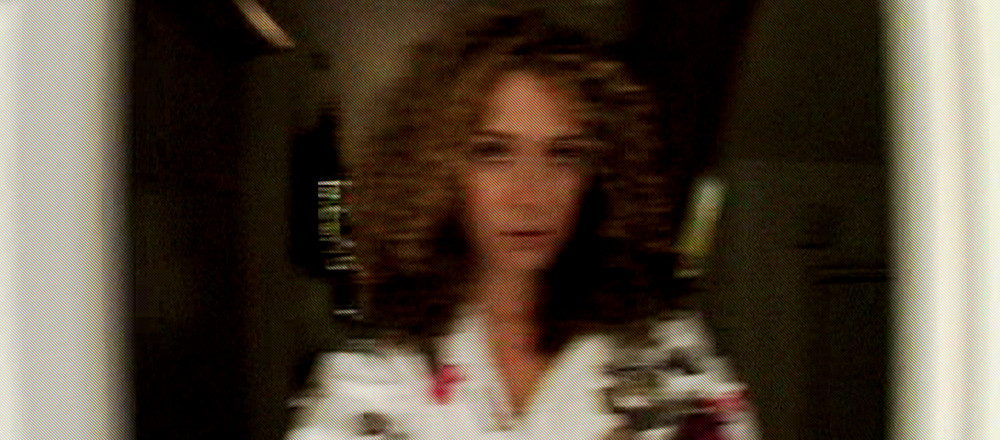
“The pilot show of a new sit-com about Edina, a neurotic, but successful woman who runs her own PR/design/fashion business and is obsessed with keeping up with the times. Her very sensible, teenage daughter Saffron lives with her and is forced into taking the mothering role. Edina is easily lead astray by her degenerate friend, Patsy, who is a magazine editor. Bubble is Edina’s secretary.
In this episode, Edina tries, unsuccessfully, to give up drinking.”
– Original internal billing for the pilot
It’s sometimes hard not to compare Bottom and Absolutely Fabulous. Both grew out of the same group of Comic Strip and Young Ones writer-performers. Both capture what those performers were doing at the turn of the new decade. Both are audience sitcoms on the, shall we say, larger side of the acting stakes.1
And most importantly for today’s discussion, both originated from a one-off pilot recording, with a full series recorded the following year. Hey, you know me by now. I can’t resist a good list.
| Absolutely Fabulous Series 1 | ||
|---|---|---|
| Episode | Studio RX | TX |
| Pilot/Fashion2 | 27-28/6/91 | 12/11/92 |
| Fat | 18-19/2/92 | 19/11/92 |
| France | 25-26/2/92 | 26/11/92 |
| Iso Tank | 3-4/3/92 | 3/12/92 |
| Magazine | 17-18/3/92 | 10/12/92 |
| Birthday | 10-11/3/92 | 17/12/92 |
The pilot of Absolutely Fabulous had location material shot on the 18th and 19th June 1991. There was then a pre-record day in Studio 4 at TV Centre just over a week later on the 27th June, followed by a recording in front of a live audience on the 28th June. There was then a gap of over seven months before the rest of the series entered production.3 The pilot finally transmitted on the 12th November 1992… 18 months after it was initially recorded.
I have access to some of the paperwork for that pilot episode here, and if you squint at it, we can made some guesses as to what happened to the pilot in that 18 month gap. For instance, the following line is in a different font to the rest of the page, and was clearly typed later:
OPENING TITLES SPECIALLY SHOT ON BETA & transferred to D3
Some material related to the music is also in a different font:
Musicians for sig tune – Costed to 1/LLV Q731H – Recorded 24 3 924
Opening/Closing Music by SIMON BRINT
Perhaps unsurprisingly, the following is also clearly typed later:
FINAL EDIT BY CHRIS WADSWORTH on Spool No D632800
Why am I telling you all this? Because from the above, we can tell that in between the pilot being recorded, and its final transmission, the team must have added new opening titles, added new title music, and then amended the paperwork to include both. The version of the programme which eventually transmitted on BBC2 in 1992 was LLC/C521/73; the paperwork would have been originally prepared for the previous edit, LLC/C521/72. An edit which was never broadcast.
Well, never intentionally broadcast, anyway.
Because when UK Gold started showing Absolutely Fabulous, somebody had clearly been a little careless with the version of the pilot they sent over to them. The result: for years, they accidentally showed the /72 edit of the pilot, put together long before the rest of the series was finished. And while Gold finally corrected the error around 2017, I’ve recently got hold of what the channel repeatedly aired all those years ago.
Which means we can now take a little look at the pilot of Absolutely Fabulous in its 1991 incarnation, rather than its final 1992 broadcast.
Both were also made under the variety department rather than comedy, allowing them two days in the studio rather than one, making them feel rather more lavish than many other sitcoms. And all this without a band in sight. ↩
The paperwork I have access to only calls the episode “Pilot”. The name “Fashion” for this episode first seems to have been used on the 1993 UK VHS release. ↩
The next thing to be recorded for the programme was location material on the 5th February 1992. ↩
I bet you’d like to know who played on the original Ab Fab version of “This Wheel’s On Fire”, wouldn’t you? Here you go: Dave Stewart (keyboards), Steve Pearce (bass guitar), Steve Sanger (drums), Roddy Matthews (guitar), and Simon Brint (keyboards). ↩



